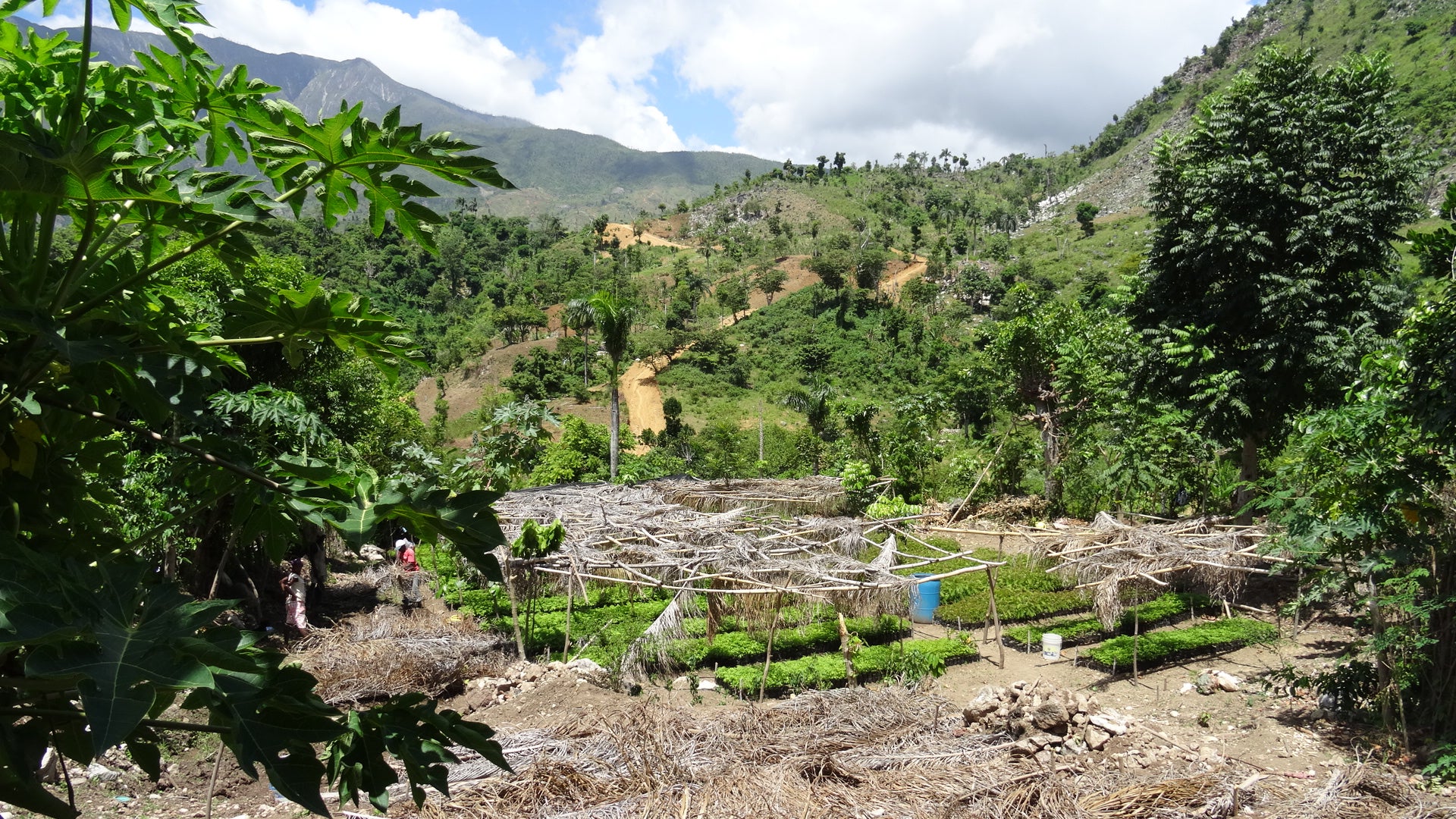In our previous posts on natural capital, the concept of ecosystem services for the integration of the environment into public economy and welfare economics has been extensively developed (see previous articles here). Ecosystem services make it possible to link the ecological function of ecosystems to the well-being of populations and socio-economic activities. Combined with other tools, they support policymaking and investment at the macro-economic level (see our article on the IEEM platform). Ecosystem services can also be a relevant tool at a more local scale, specifically at the level of the watershed and protected area management. Here is an illustration in Haiti where protected areas are currently the main tool for preserving the country’s biodiversity. 30 protected areas and national parks countrywide were created by the National Agency of Protected Areas (ANAP). The Inter-American Development Bank (IDB) has also supported these efforts through projects to preserve natural habitats in the Macaya Park and the marine protected areas of Aquin Saint Louis du Sud and a technical cooperation on monitoring the ecosystem services that these areas provide.
Preserving the environment: more than meets the eye
Effective conservation and environmental management take time and must be connected to human and economic activities locally, including in the buffer zones around the protected areas. Yet, linking biodiversity conservation to human activities is one of the main challenges faced in environmental projects. When looking at the environment from an economic perspective, it is easy to find data on the cost of restoration activities (e.g., replanting activities, outreach, monitoring, etc.) but it is much more difficult to attribute a monetary value to such activities based on their contribution to the lives of communities. This difficulty in estimating the benefits associated with a healthy environment may hamper interest in financing environmental actions and blurs the estimation of environmental losses during extreme events. For example, when Hurricane Matthew hit southern Haiti in 2016, national authorities and international organizations had great difficulty estimating the monetary losses in terms of natural ecosystems and biodiversity.
Ecosystem services: a key concept for integrating the environment into decision making
The range of goods and services provided by natural ecosystems is wide and varied, from material goods (food products) to non-material benefits (cultural services, regulation services such as erosion and flood control). Some ecosystem services, such as water, are fundamental to everyday life, while others are needed to produce other services (for example, coral reefs shelter fish which is then caught for human consumption). With the development in the late 1990s of economic valuation centered on the value of ecosystems, it has become possible to estimate the value of ecosystems in a utilitarian manner. By deploying different methods (market price method, willingness to pay, replacement costs, avoidance costs, etc.), economic valuation makes it possible to appreciate the ecological functions of ecosystems and their value[1].
Ecosystem services’ evaluation in the Southern Peninsula of Haiti
This evaluation[2] was conducted in 2019 on protected areas that have received funding from the IDB for the past decade. It was estimated that the annual services provided by the forest ecosystems of Macaya Park were equivalent to 10 million dollars (without considering services that cannot be annualized, such as carbon sequestration, estimated at 57 million dollars). The most important part of this value (73%) went to regulation services and in particular flood control. Indeed, forest ecosystems provide ecological functions (storage of water, sediment retentions, etc.) that reduce the risks associated with extreme events in a region highly exposed to natural hazards. These forests, therefore, have a protective role for the entire watershed and its economic activities. The graph below highlights the different natural ecosystem services in the Macaya Park and their associated values.

For the marine protected areas (MPA) of Aquin Saint-Louis du Sud, the share of regulation services, in particular coastal protection, is also important, representing more than 60% of the estimated value of the ecosystems. Artisanal fishing is one of the major beneficiaries of these ecosystems: the provisioning services of the area’s ecosystems represent a value of 3,5 million dollars per year for the fisheries.
Understanding the links between ecosystem services and the economy to guide decision-making
Ecosystem service data can be used to prioritize actions and guide projects in protected areas. For example, for the Aquin Marine Protected Areas, the essential role of mangroves as both coastal protection infrastructure and nursery habitat is highlighted in the economic assessment. Based on this, ongoing activities financed by the Bank in this MPA place, the restoration of mangroves is at the heart of preservation and restoration actions to be financed. These assessments can also help attract new funding; it is much more relevant to finance the restoration of green infrastructure such as mangroves, which provide a multitude of ecosystem services, than the construction of a dike that will only meet the one need (protection against flooding). Additionally, this evaluation produced guidelines for the management of the Macaya Park. The regulation services being much higher in terms of value than those of supply, if long-term management scenarios are developed, it may be preferable to privilege actions to protect natural areas and to accentuate the zoning of economic activities. Finally, the evaluation of ecosystem services can provide the basis for developing incentive and community mobilization schemes such as payments for ecosystem services.
[1] Though, this is an incomplete and anthropocentric value: economic valuation does not give the “real” value of ecosystems, but an estimation.
[2] The synthesis of the evaluation is available here, and the full report in French here.
Image credits: IDB


Leave a Reply